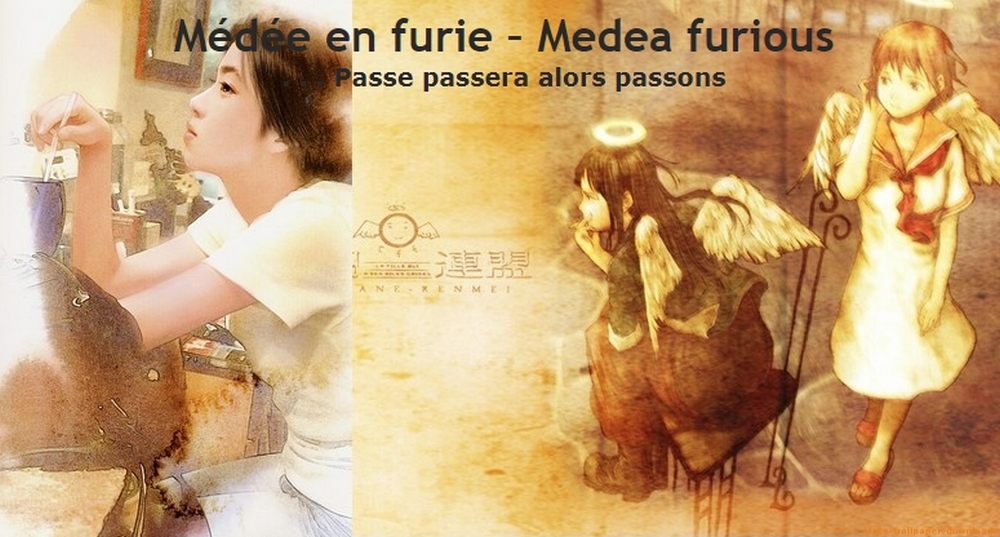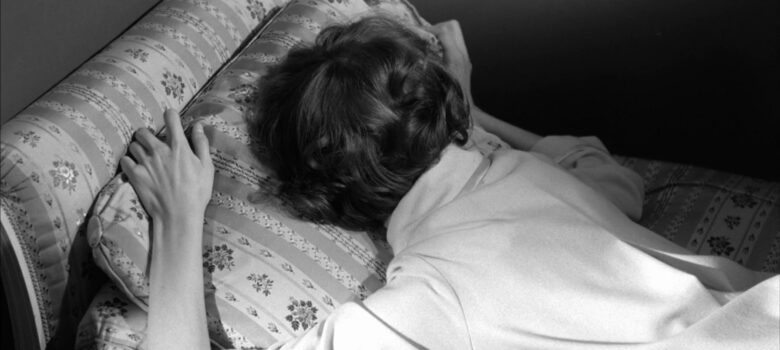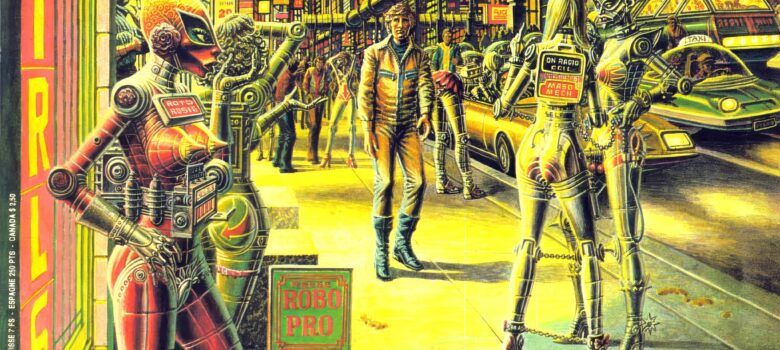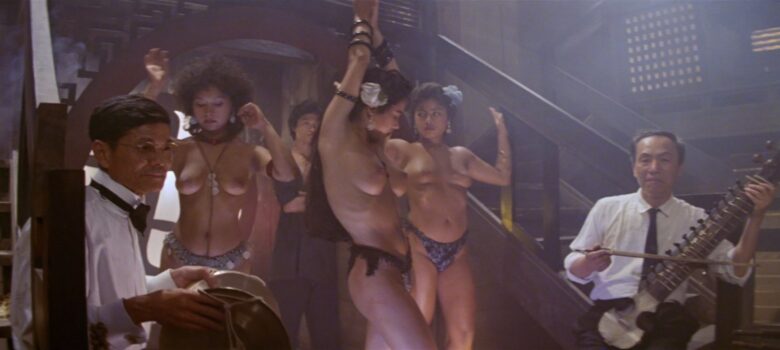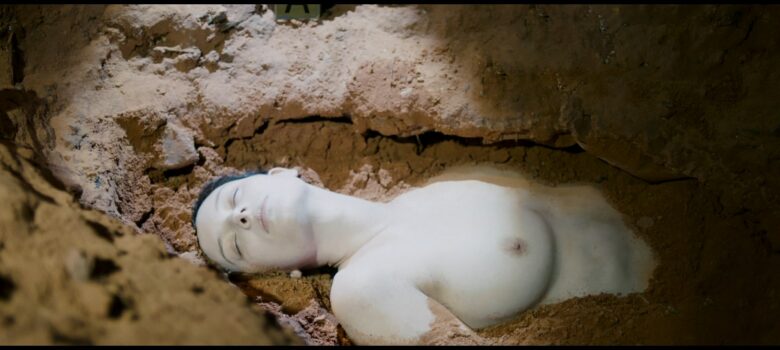La Passion du Christ de Mel Gibson – The Passion of the Christ by Mel Gibson

« La Passion du Christ » de Mel Gibson, est l’un des films les plus violents jamais vu au cinéma. La séquence de sa torture, par la soldatesque romaine, est particulièrement longue et pénible à regarder. Néanmoins, cette scène me semble très proche de l’évènement historique, et le film, tourné en araméen…



